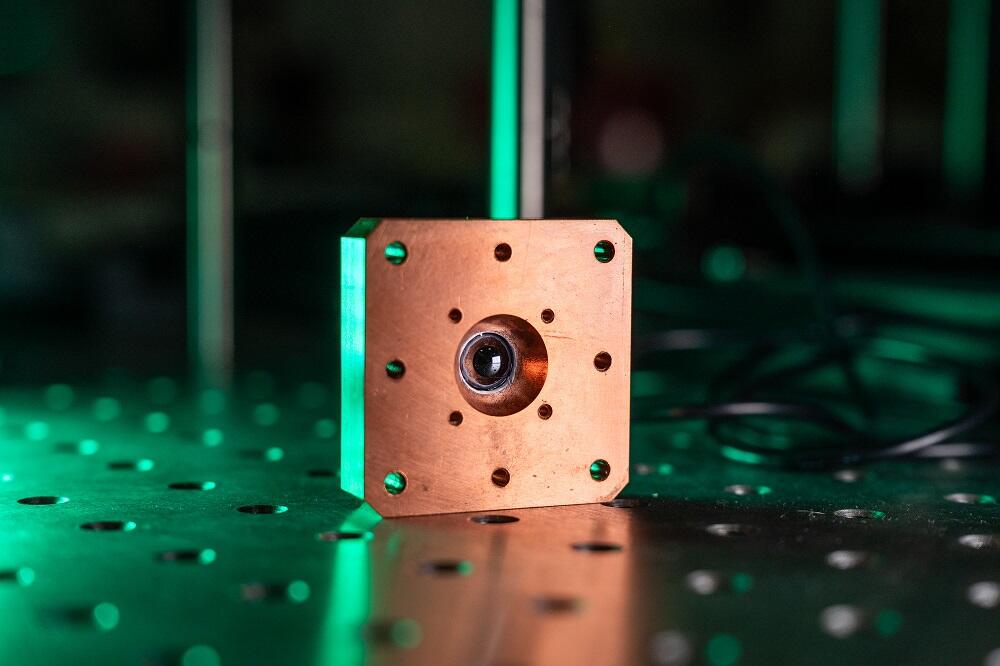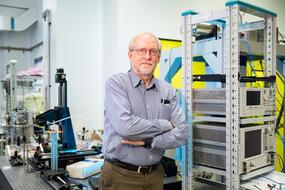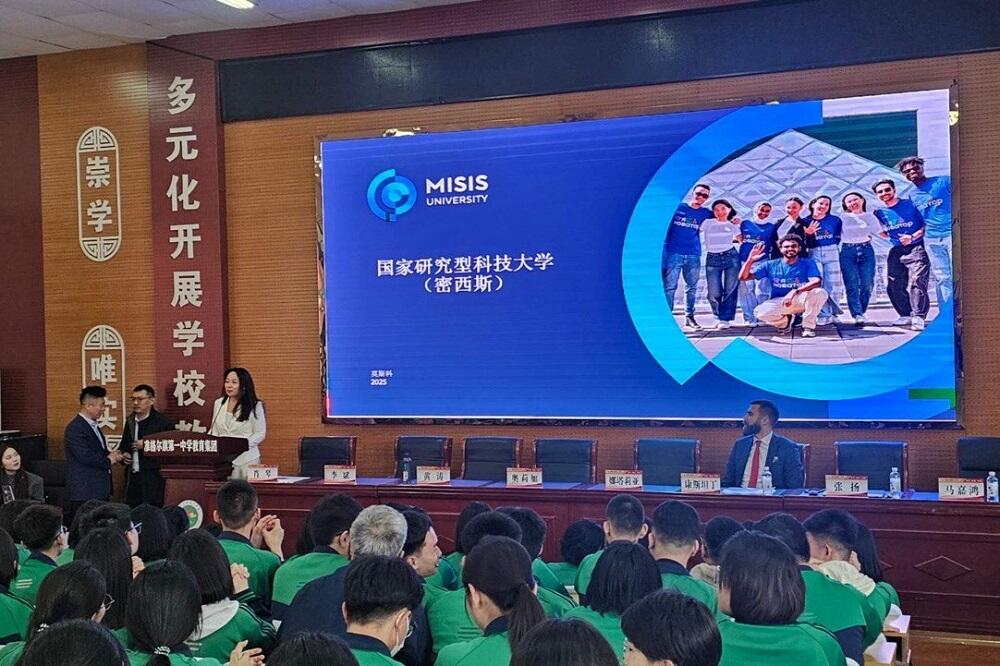Scientists at NUST MISIS have introduced detectors capable of registering the slightest changes in skin temperature — one of the earliest signs of inflammatory processes. The new devices are more sensitive than conventional ones, easily distinguishing necessary terahertz signals from noise. These detectors could form the basis for a new thermal skin mapping technology.
Every person emits and reflects electromagnetic waves, including terahertz radiation, which lies between radio waves and visible light. In the early stages of disease, the temperature rises beneath the skin at the site of inflammation. To detect these structural and temperature changes, ultra-sensitive detectors can be used.
NUST MISIS scientists have patented a differential superconducting terahertz detector that functions like night vision. However, unlike conventional devices that only detect surface heating, this new device has a key advantage — it can register small areas of elevated body temperature even through clothing. The technology does not produce harmful radiation, such as
“The detector can extract a signal from background noise and visualize inflammation sites. The device can be compared to an ear: it can hear a rustle but cannot distinguish a person’s voice in a noisy crowd. In this case, background noise plays a bigger role than sensitivity. Alongside other diagnostic methods (MRI, radiography) this new technology will provide doctors with additional data. We are open to collaboration with medical centers and believe it could yield fruitful scientific results,” said the project’s lead researcher, D.Sc. Sergey Shitov, head of the Laboratory of Cryoelectronic Systems at NUST MISIS.
The device can be used for thermal mapping — prevention and diagnosis of diseases when symptoms are not yet obvious and pinpointing inflammation sites with other methods is difficult. Multiple detectors can be integrated into a medical device matrix to enable simultaneous observations at different frequencies.





